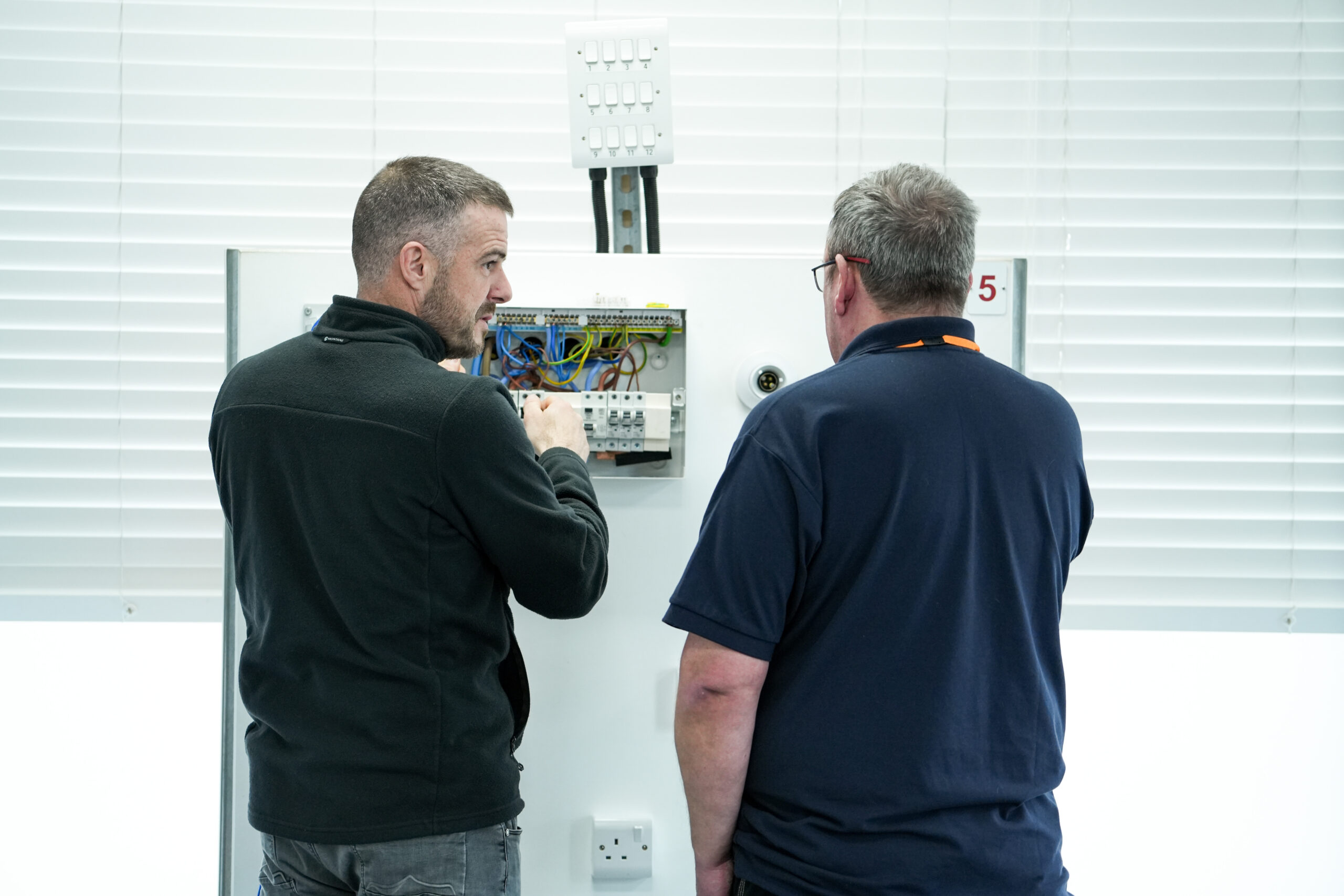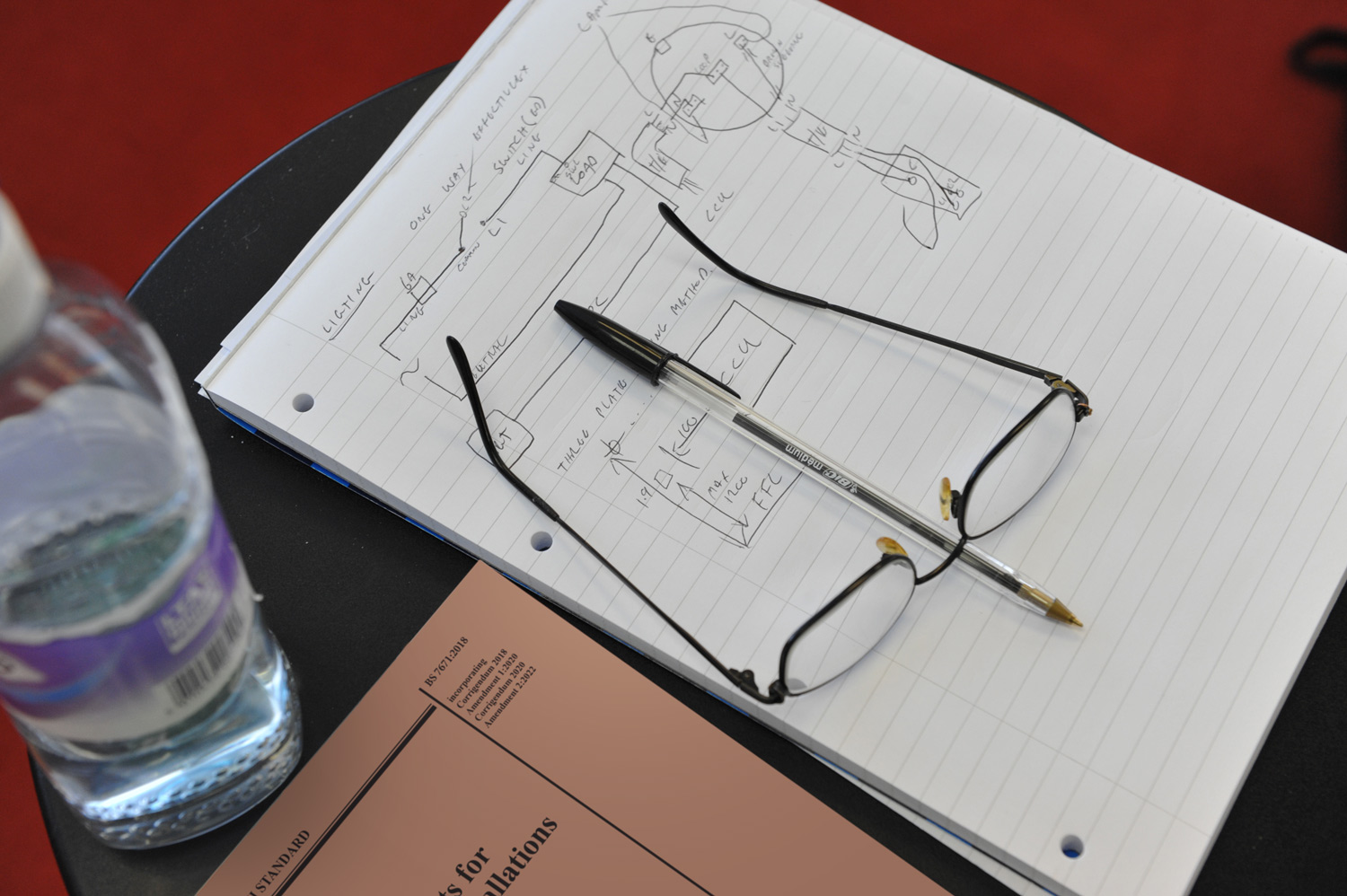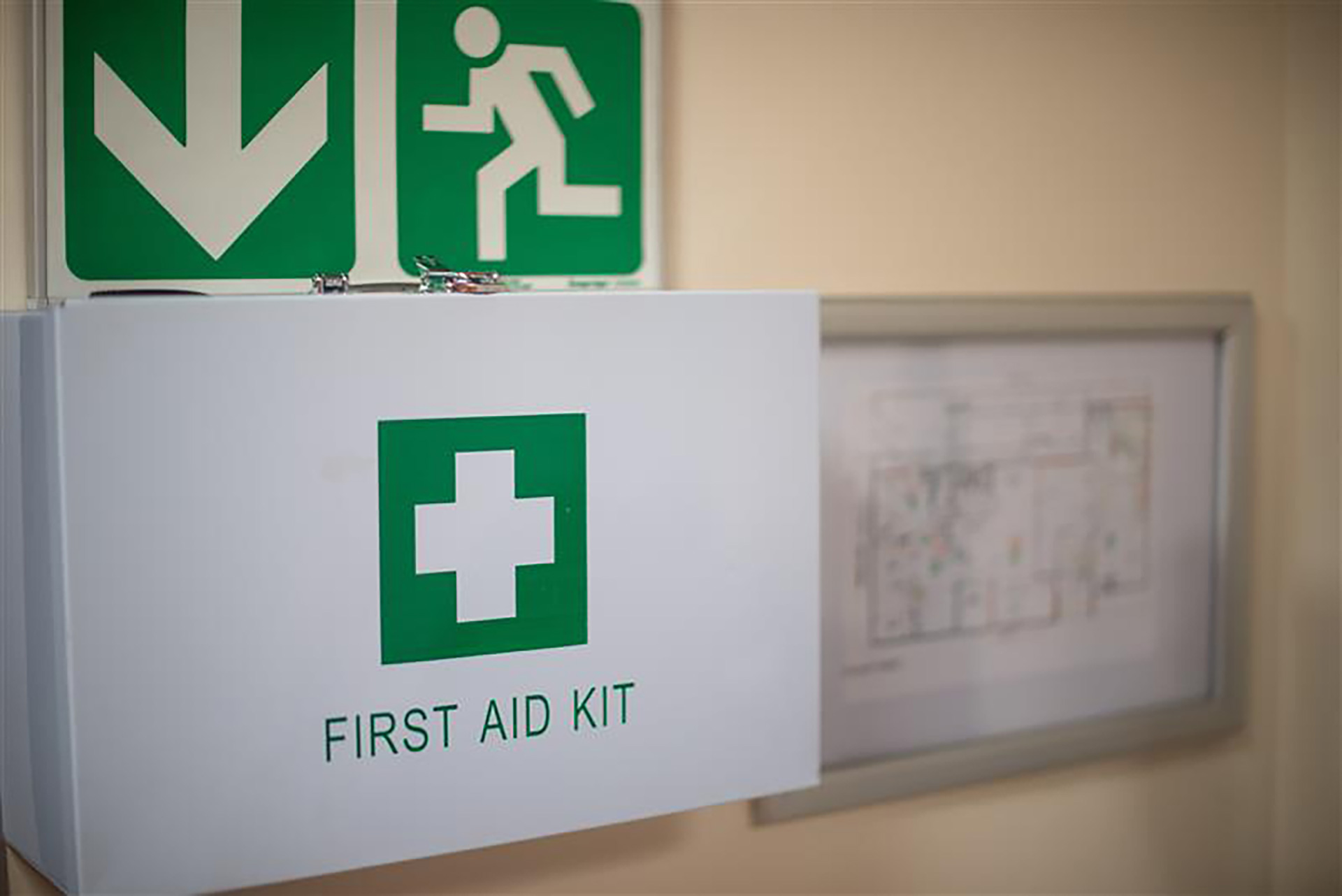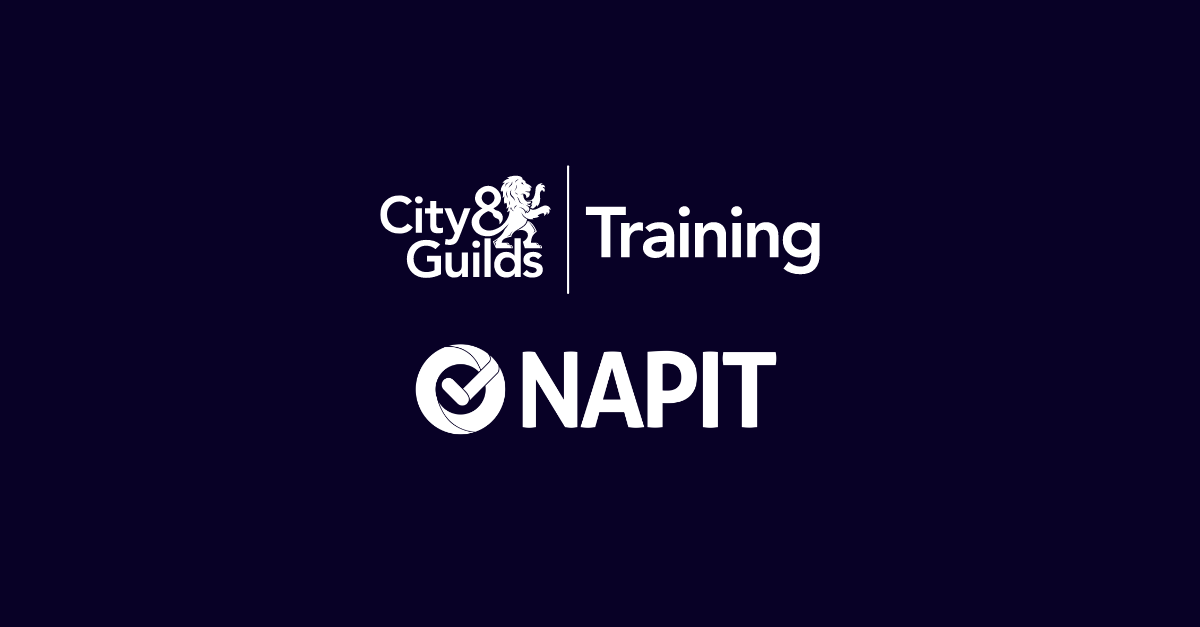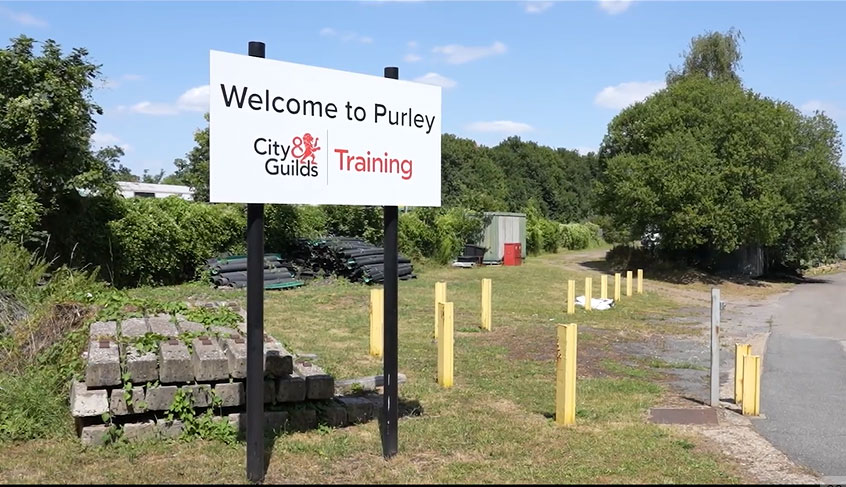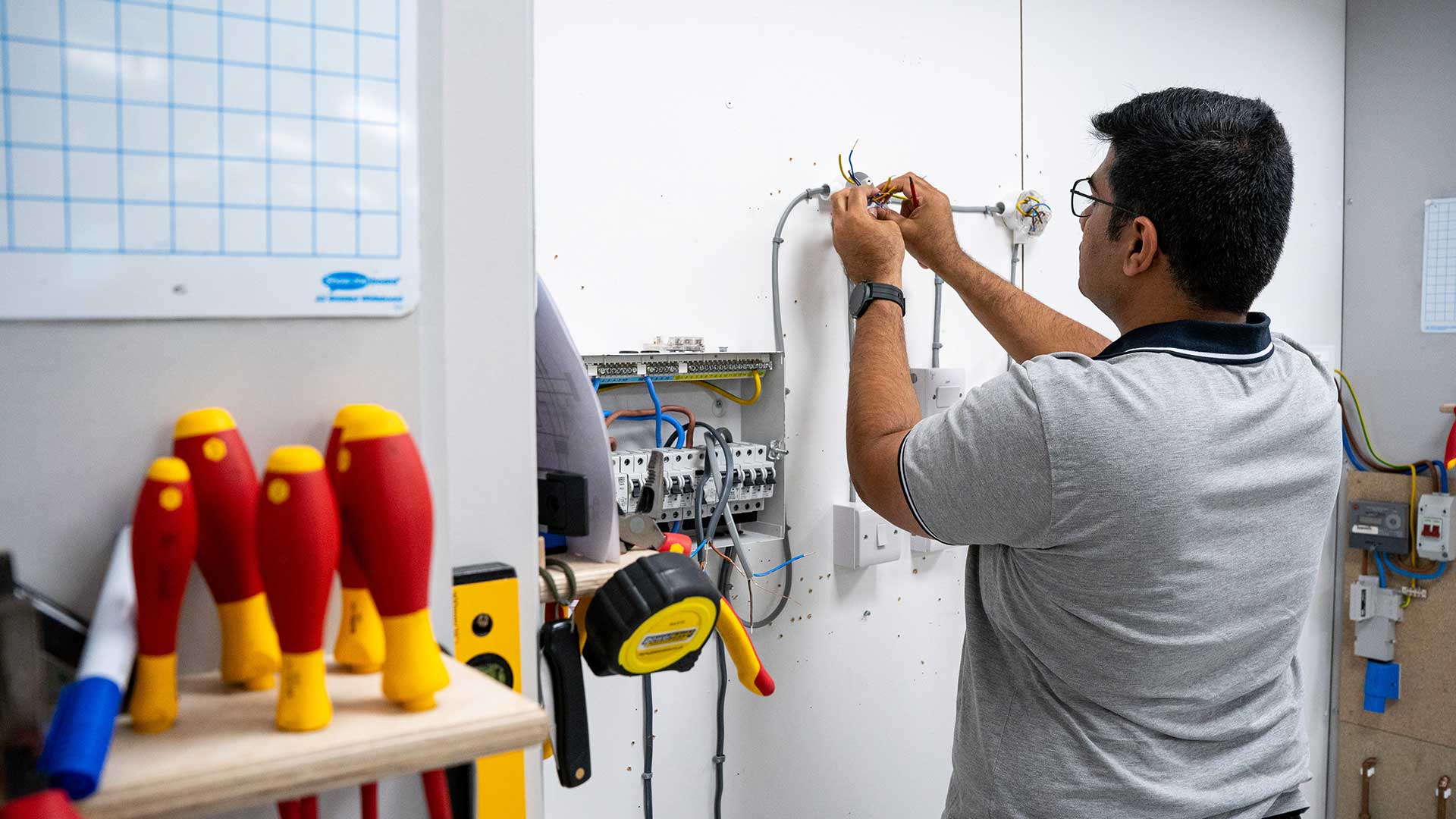University changes, costs and why it makes sense to get a trade
What advice would you to give a young person who is considering which study route to go down? Should they go to university or college, learn a trade from a professional training company or find an employer who will support them through an apprenticeship; and would their decision take into account the costs involved?
With many construction workers set to retire in the coming years and with the increase in young people choosing to go to university over learning a trade, the UK is in danger of having a shortage in skilled tradesmen. Therefore, here at Trade Skills 4U we believe that now is the perfect time to consider starting a career in the electrical sector. Also, the benefits of being an electrician is that it’s considered to be one of the cleanest trades in the industry that also tends to pay the best.
It’s predicted that in the coming years only a third of new jobs will be high-skilled roles for graduates, yet with university attendance set to increase further following the government’s removal of the cap on university places, the threat of a skills mismatch looming in the UK labour market starts to become apparent.
With this in mind, the information below gives an overview of what it could cost a person to train depending on which route they take, and also what they could expect to earn on completion of their training.
University versus Trade
Many young people considering learning a vocational qualification are often put off by society’s bias towards university.
If you have a specific career in mind which demands a degree, then the university route is of course the right choice for you. However, for those that choose to go to University with no specific career in mind might believe that when they graduate doors will automatically open for them when applying for jobs, but they may wish to consider that this may not necessarily be the case.
In fact research shows that 16,730 university graduates were out of work six months after leaving university as reported by The Telegraph in 2015. And 60,000 were working in ‘non-professional’ roles such as customer service and administration.
In comparison, when we ran a student survey here at Trade Skills 4U to find out how many of our students found work after their course, we found that an impressive 87.8% found employment on completion of studying their C&G 2365 Diploma course.
Student debt
The University route: Currently the average graduate will earn about £22K in their first year. Depending on which University they choose and the type of degree, universities can charge up to £9,250 per year for undergraduate tuition. This soon adds up when you consider that most degrees take 3-4 years to complete. Also, something to bear in mind is that unless you live near the University you will need to take into account living costs such as travel, rent, bills, textbooks and other living expenses, which could add up to £8,200 per year. This means that if you complete a 4 year course, by the time you graduate you could accumulate a massive debt of £69,000!
These numbers could sky rocket in the coming years, with some politicians considering raising top-up fees even further, meaning students could be saddled with even more debt.
The Apprenticeship route: If you are lucky enough to find an employer to support you through your training, an apprenticeship doesn’t cost the student anything, as the employer pays for their training. Apprentices get paid a wage whilst they are learning, plus they don’t have to worry about burdening themselves with the student debts associated with going to University. However, currently the National Minimum Wage for those aged 16-18 or 19+ in the first year of their apprenticeship is £3.40 per hour, although research shows that many employers pay more and the average salary is approx. £170 per week.
The electrical training provider route: For those that choose to study as an electrician with an electrical training provider, the typical cost of training ranges from £2,495 to £7,490, depending on whether you want to work on domestic installations only, or work on both domestic and commercial installations. You will also need to bear in mind that to become fully qualified you will also need to complete an NVQ and AM2, which on average will cost around £3,000.
Earnings
We recently ran a Trades Salary Survey which reports that according to the Office of National Statistics (ONS) the median Electrician salary is £30,765, with the construction industry seeing the highest year-on-year growth. Also, the average starting salary for an electricians mate is approximately £22,000 per year, and with the high demand for work within the electrical industry these salary’s could increase significantly.
According to the latest High Fliers report, The Graduate Market in 2016, the median starting salary for UK graduates in 2016 is £30,000. However, graduate-jobs.com estimates the average starting salary for graduates is £19,000 – £22,000.
Conclusion
We hope that the information above helps you make the right decision as to which training route would suit you.
We believe that when you consider all the information above, it makes sense to get a trade versus going to university. Students who attend an electrical training course generally complete their training in half the time, therefore typically have a two-year head start on earnings and career advancement, also they aren’t burdened with the huge student loans associated with going to university.
Also, we offer certifications in specific skills that are immediately marketable for entry-level work allowing you to go out and start earning a decent wage. And from there, you can make the choice to take further courses and pass specific qualifications to increase your value in the workplace.
If you are interested in becoming an electrician, it might be worth having a look at our range of electrician’s courses. Or, if you would prefer speak to someone, give us a call on 01293 529777 to speak to a trained course adviser who will be happy to help.

